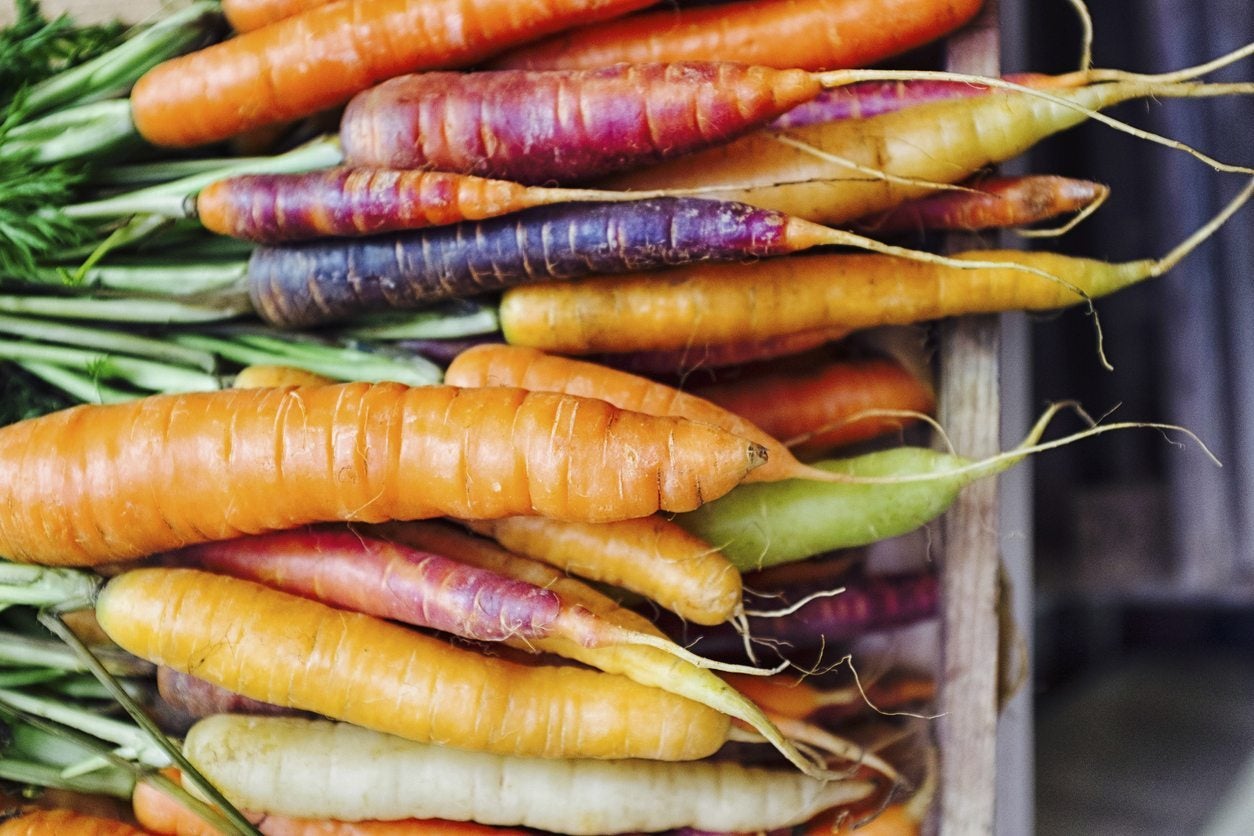Vitamin A Veggies: Learn About Vegetables High In Vitamin A


Vitamin A occurs naturally in foods. There are two types of Vitamin A. Preformed Vitamin A is found in meats and dairy, while provitamin A is in fruits and vegetables. Vitamin A in vegetables is readily available, and easy for the body to access, while most of the meats that carry it are high in cholesterol. Eating the right vegetables for Vitamin A is easy when you know what types have a high amount of the vitamin.
Why Do We Need Vitamin A?
Eating healthy can be a challenge. Many packaged foods contain excess sugar, salt and fat which we are told to avoid. Staying with a plant based diet helps eliminate these concerns, but you still want to make sure you are getting a balance of nutrients. Fortunately, there is a host of vegetables rich in Vitamin A. Vitamin A veggies have certain characteristics, too, to help you identify them. Vitamin A veggies are essential for a strong immune system, good vision, certain organ function and the reproductive system. Liver and fish oil have the highest amount of preformed A, but eggs and milk also have some. Vitamin A rich foods also help the heart, kidneys and liver function properly. Provitamin A is found in leafy green vegetables, fruits and some other vegetables. Vegetables high in Vitamin A usually have a large concentration of beta-carotene. You can get Vitamin A supplements, but foods that contain the vitamin are easiest for the body to access while gathering other important nutrients.
Vegetables for Vitamin A
A plant based diet provides Vitamin A while offering low fat nutrition. Green leafy vegetables combined with other green, orange and red veggies provide natural sources of the vitamin. The highest concentrations are found in greens like:
In the category of non-leafy veggies, broccoli is also loaded with Vitamin A. Foods like carrots, sweet potatoes, and red or orange sweet peppers are all vegetables high in Vitamin A. The rule of thumb with Vitamin A rich foods is to think colorful. The brighter the vegetable or fruit, the better chance it is loaded with Vitamin A. Asparagus, okra, and celery are considered good sources of Vitamin A with under 1,000 IU provided per serving.
How Much Vitamin A Do You Need?
Creating menus that have colorful or green leafy vegetables with other foods high in Vitamin A such as tuna, sturgeon or oysters ensures a complete daily dose of Vitamin A. Where such eating plans are followed, it is rare for Vitamin A deficiency to occur. The amount needed daily depends upon age and sex. Women need more when they are pregnant and lactating. The average in retinol activity equivalents is 900 for adult men and 700 for adult women. The Daily Value has been established at 5,000 IU for adults and children above the age of 4. This should be accomplished by a varied diet filled with an assortment of vegetables rich in Vitamin A as well as protein sources of the vitamin.
Sign up for the Gardening Know How newsletter today and receive a free copy of our e-book "How to Grow Delicious Tomatoes".

Bonnie Grant is a professional landscaper with a Certification in Urban Gardening. She has been gardening and writing for 15 years. A former professional chef, she has a passion for edible landscaping.